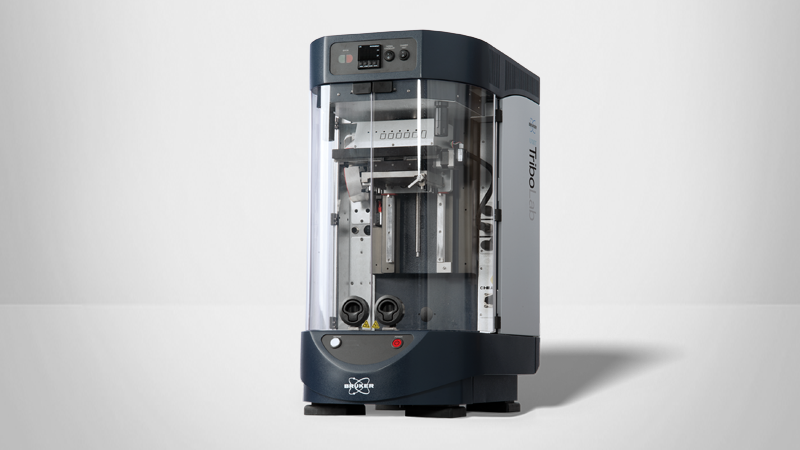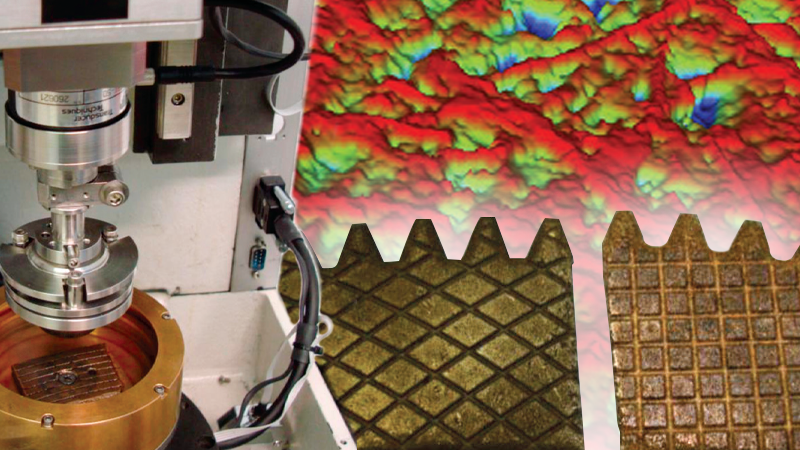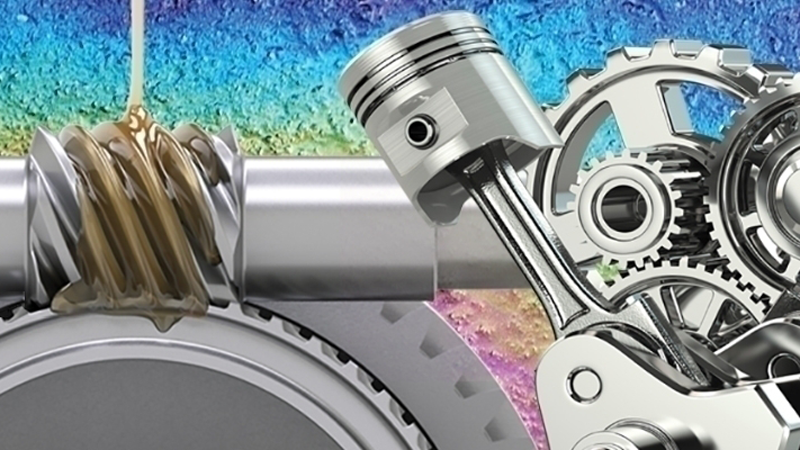

Bench-top Screening of Wet Clutch Materials
Discover the Benefits of Benchtop Screening
Using a benchtop method to screen wet clutch materials and automatic transmission fluids can capture important material friction behavior and streamline development of new materials. By using screening to rank clutch materials and fluids, the number of material systems tested in a standardized full-scale component test rig of with in-service vehicle field testing can be reduced.
This webinar covers:
- Motivation for benchtop screening of wet clutch materials
- Important variables to consider when mimicking full-scale conditions
- Examples showing the similarity between benchtop tests and full-scale tests
Webinar Summary
Bruker tribology expert Steve Shaffer, PhD introduces the motivation for benchtop testing of clutch materials and automatic transmission fluids. He explains the development of benchtop test conditions to mimic important full-scale testing parameters like materials, contact geometry, loading, motion, and environment. Screening tests are conducted using industry-relevant test conditions, similar to those from the SAE #2 friction test machine, or per the JASCO M348-2012 test standard, including contact pressures, sliding velocities and temperatures. Key benefits of the benchtop method are reduced time and resources compared to full-scale testing, while still capturing important material behavior.
Dr. Shaffer describes the sample rig and the available testing options for the modular UMT TriboLab system. Examples show good agreement between benchtop and full-scale tests in ranking materials and observing phenomena like dynamic effects and breakaway friction.
Find out more about the technology featured in this webinar or our other solutions for Screening of Wet Clutch Material:
Featured Products and Technology
Speaker
Dr. Steven Shaffer
Global Senior Applications Scientist - Tribology, Stylus and Optical Metrology


